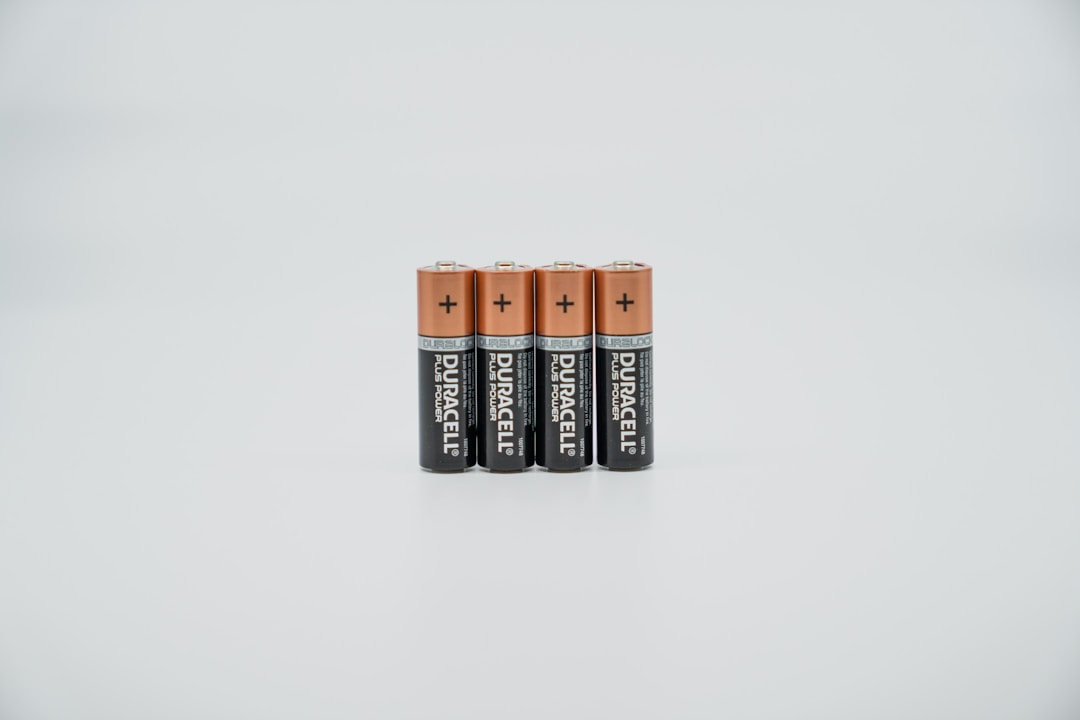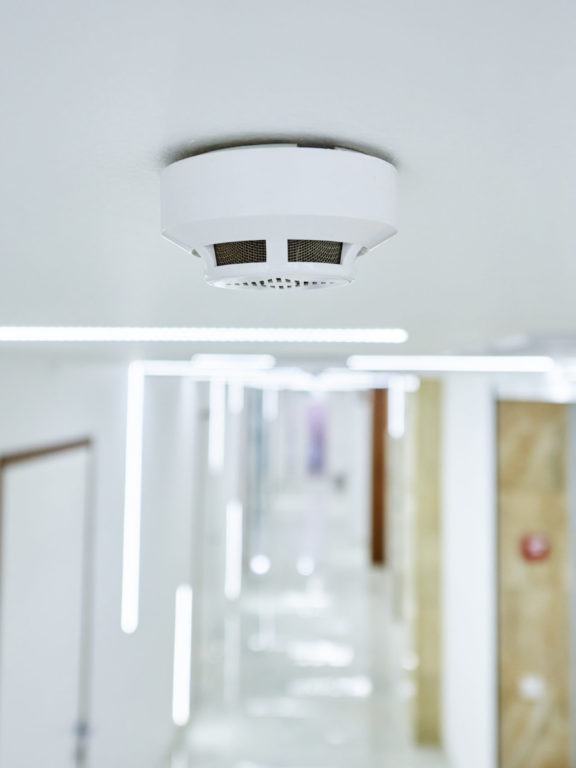Carbon monoxide is a colorless, odorless, and tasteless gas produced due to combustion. The gas is toxic, and prolonged exposure can lead to illness or death. Any fuel-burning appliance, tool, or other equipment has the potential to produce dangerous levels of carbon monoxide. Because the gas can go undetected so easily, homeowners and landlords must take precautions to ensure protection. A good carbon monoxide alarm or detector can help alert occupants of a home to the presence of dangerous gas.
Carbon monoxide is a silent killer because it is difficult to tell when it is present, but it can be very dangerous and deadly. It is estimated that over 400 people die each year and another 50,000 people in the U.S. visit the emergency room due to carbon monoxide poisoning. Exposure to carbon monoxide is typically caused by improper operation or malfunctioning equipment coupled with reduced ventilation.
While regular HVAC maintenance and inspection of other household equipment can help prevent carbon monoxide exposure, a CO detector can help alert you to the presence of the gas. A carbon monoxide detector is imperative for protecting residential spaces and other indoor areas. Let’s look at why you need a good carbon monoxide alarm.
What does a carbon monoxide detector do?

As discussed, a carbon monoxide detector is a piece of safety equipment similar to a smoke detector that provides early warning to the presence of CO. A carbon monoxide leak can be easily detected with a good CO alarm. If a carbon monoxide alarm goes off, you must get fresh air as soon as possible. CO detectors can provide you and your family with enough warning necessary to leave home and prevent CO poisoning.
Where do you install carbon monoxide detectors?
Having CO alarms on every level is important if you have a multi-story home. You should also have carbon monoxide detectors in every bedroom, outside each sleeping area, and in common rooms for extra safety while you and your family are sleeping. When installing your carbon monoxide detectors, they can be placed in any convenient area around the room. There is a popular belief that CO is heavier than air and that detectors need to be placed closer to the floor. However, carbon monoxide is actually a little lighter than air and diffuses evenly into a room. As a result, CO alarms can be placed anywhere on a wall or ceiling and be just as effective.
How do you test to ensure your CO alarms are working properly?
Like your smoke detectors, fire professionals and other experts suggest checking your CO detectors every month. It is important to test your detectors frequently to ensure that they work correctly. Depending on your specific model and alarm, most devices are equipped with a test button that you press and hold. Once the test button has been depressed for a few seconds, the alarm will beep to let you know it is working properly. Refer to the user manual for your specific model. Checking your alarms regularly will ensure that they are working and capable of alerting you to the presence of possibly dangerous carbon monoxide.
How often should you replace your CO detector batteries?

Like your smoke detectors, a good rule of thumb is to replace the batteries in your carbon monoxide detector when daylight saving time changes. This means you are changing out the batteries in the spring and fall, or about every six months. You can refer to the installation instructions to determine how to change the batteries. Additionally, experts agree that CO detectors have a life span of about five to seven years and should be changed out during that time.
CO detectors are an important safety tool and should be installed at various places around your home. CO is a dangerous gas, and an alarm is your best defense for monitoring and protecting your home.

